Your tire’s “balance” is the weight distribution in each wheel or tire of a vehicle. If the balance of your tires is off, you will start to notice a vibration or wobble at higher speeds. If the wobble is particularly pronounced, it can become dangerous and any vibration through the tires will increase the rate at which they wear. So what causes unbalanced tires and how often should you have them rebalanced?
The leading cause of unbalanced tires is simple wear and tear, but it’s not the only possible reason that your tired might become unbalanced. Driving with poor tire alignment can cause your tires to become unbalanced, as can damaged wheels or bent rims. Unless all four tires are unbalanced, you can normally identify where the imbalance is by where the vibration is coming from. If the front tires are imbalanced, then the vibration will be in the steering wheel. If the rear tires are unbalanced, then you will feel the vibration through your seat, particularly if you sat in the back.
The vibration, or wobble, from unbalanced tires will grow over time to the point where it can make your car difficult to steer properly, potentially causing an accident. The vibration from unbalanced tires can also damage your car. Your tires will wear down faster and, if the problem is allowed to continue, it will eventually damage your shocks, bearings and even the entire wheel assembly. This damage is not only dangerous, it can be very costly to fix in the long run.
If you notice any of the symptoms of unbalanced tires you should take steps to rectify the situation immediately. Not doing so could put you and your passengers at risk. The best way to avoid this risk is to prevent the situation from happening in the first place. A good rule of thumb is that your tires should be rebalanced every 12,000 miles driven or every other time your tires are rotated. Having your tires rebalanced as part of tire rotation is a quick and easy process that could save you from costly repairs in the future.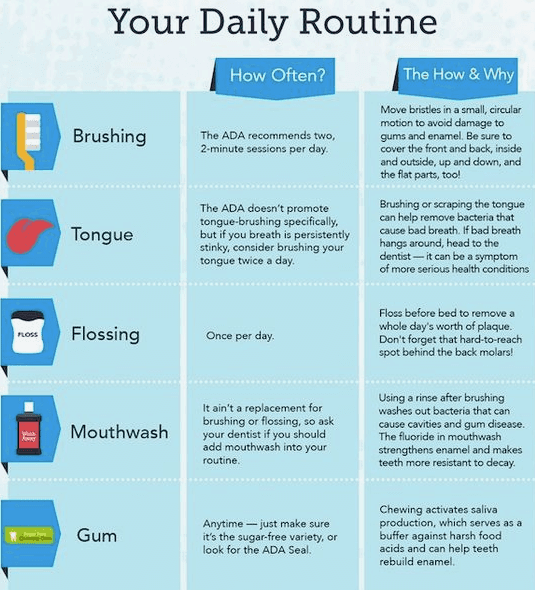
Northwest Driving School and Traffic School provides the Las Vegas community with live driving and traffic classes taught by seasoned instructors. All of our driving instructors have passed background checks, each automobile is DMV safety-approved and every member of the Northwest family is committed to providing excellent drivers ed and behind the wheel instruction.
At Northwest, you can expect to find outstanding classes, both on campus and behind the wheel, that are engaging, fact-filled, entertaining and geared toward success. We make no bones about it, we believe that Northwest provides the best driving lessons in Las Vegas, no matter your age or background. We are proud of the fact that 98% of our students pass their test on the first try. Call us at (702) 403-1592 to start your driving adventure with one of our expert instructors.
Written by:
Rich Heinrich
Master Instructor, Emeritus
When a manufacturer creates a tire or wheel, no two are ever exactly alike. That means they are different weights — even if it’s by a fraction of an ounce. Those small differences can cause issues, which is why we balance the wheel-tire assemblies on every vehicle we service. But how do you know if your tires and wheels need to be rebalanced? We have some quick tips.
That means they are different weights — even if it’s by a fraction of an ounce. Those small differences can cause issues, which is why we balance the wheel-tire assemblies on every vehicle we service. But how do you know if your tires and wheels need to be rebalanced? We have some quick tips.
Tire balancing is a tune-up for each of your wheel-tire assemblies. Balancing helps ensure weight is evenly distributed around the entire circumference of the tire and wheel. Balancing a wheel-tire assembly is done with small weights.
The common symptoms of an out-of-balance wheel-tire assembly are uneven and faster tread wear, poor fuel economy, or vibration in the steering wheel and/or floorboard that gets worse at faster speeds. When all areas of the wheel-tire assembly are as equal in weight as possible, the tire will roll smoothly. This helps improve tread wear. Balancing also contributes to overall ride comfort.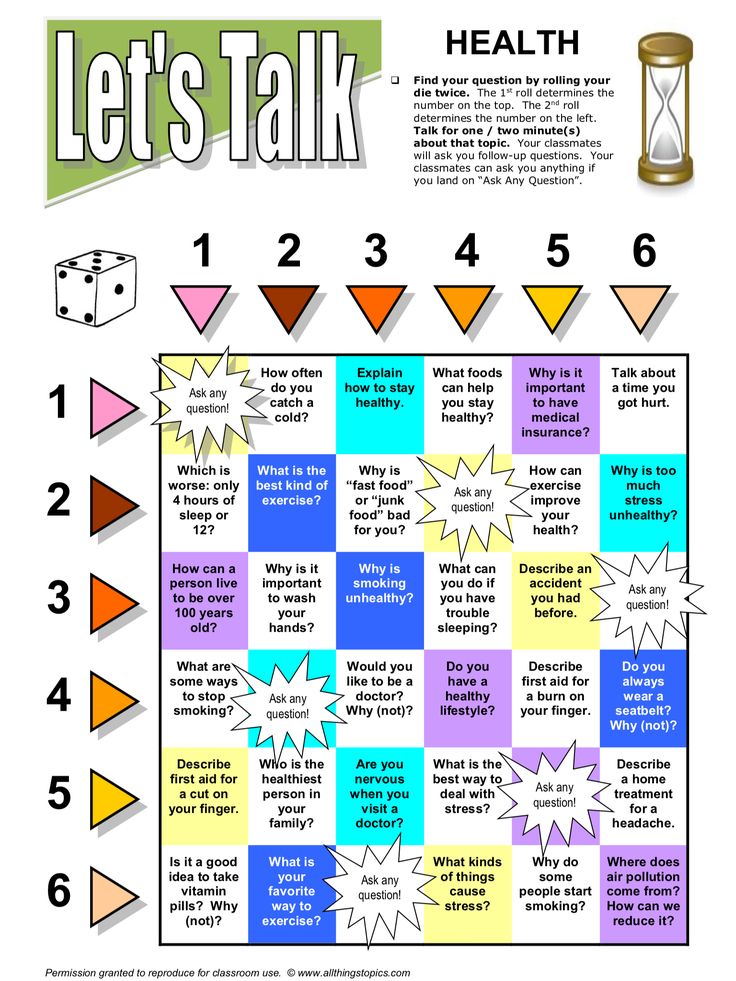
Imbalanced tires can wobble or hop up and down, causing vibration. If a front tire isn’t properly balanced, you’ll likely feel vibration in the steering wheel. If the problem is in the rear, you’ll feel shaking in the seat or floor.
Everyday wear on tires and wheels can cause an imbalance. Plus, if a wheel weight comes off, if you hit a curb or pothole, or if you get a flat repaired, your wheel-tire assembly can get out of balance.
When a wheel-tire assembly is especially out-of-balance, you’ll likely know it right away. You’ll feel it in the steering wheel or floorboards. A thump-thump-thump sound that gets louder at lower or higher speeds might also be an indicator. Here are a few signs that you should get yours rebalanced.
You might need an alignment, or your tires and wheels are out of balance. Les Schwab has the expertise to check your vehicle, make recommendations, and get you back on the road.
If the tread on your tires appears to wear too quickly, it could be an out-of-balance wheel-tire assembly.
Vibration in the steering wheel when driving could be caused by an out-of-balance wheel-tire assembly. It could also be a bent wheel, a damaged tire (which won’t be fixed by balancing), worn suspension parts or other aging components. If you feel a vibration, don’t wait. Get to Les Schwab and let our pros take a look.
It’s advisable to get your wheel-tire assemblies balanced with every tire rotation. Additionally, anytime you get new tires, balancing should be part of the new-tire package. Other times to consider rebalancing include when you hit a curb, pothole, or other debris that breaks off or damages a balance weight, if you get a flat repaired, or anytime you notice uneven tread wear and vibrations.
At Les Schwab, tire balancing and rotation are done at the same time.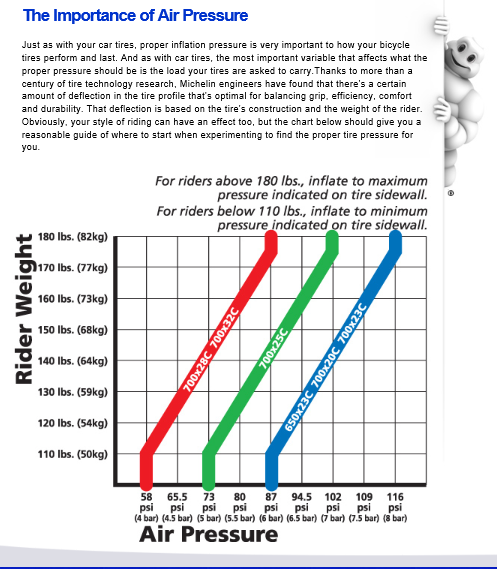 However, they aren’t the same service. Tire rotation is when a vehicle’s front and rear wheels are switched to even out tread wear. Since both require removing each wheel, it’s convenient to do them at the same time.
However, they aren’t the same service. Tire rotation is when a vehicle’s front and rear wheels are switched to even out tread wear. Since both require removing each wheel, it’s convenient to do them at the same time.
Les Schwab Tip: Do you leave your car or truck parked in one spot for months at a time? Flat spots could develop in the tires, causing balance issues. This can go away after a few miles of driving. But if not, stop by Les Schwab.
Rebalancing is done in a tire shop by putting the wheel-tire unit on a tire balancing machine that takes measurements to pinpoint lighter or heavier areas. Adjustments are then made to account for these weight differences. The best time to get it done is when tires are being rotated, both for convenience and because you might have a tire out of balance on the rear of the vehicle and won’t feel it until it is moved to the front.
Here’s how it’s done:
A tire mounted on a wheel is attached to a tire balancing machine.
The wheel is spun while vibration measurements are taken. This tells the tech if the weight is spread evenly, how much weight to add and where on the wheel to attach it.
If an imbalance is found, the technician may be able to rebalance and adjust the weights (adding more). But sometimes it requires the tech to also reposition the tire on the wheel and then rebalance. This is because a heavy spot on the wheel and on the tire can sometimes line up together, causing a greater imbalance that needs to be corrected.
Though both should be part of regular auto maintenance, balancing isn’t the same as getting an alignment. Wheel alignment corrects the angles of the tires so they travel in the same direction and properly make contact with the road. Alignment reduces uneven tire wear and extends the life of your tires.
The benefits of a balanced wheel-tire assembly include a smoother ride, as well as money saving benefits such as less tread wear, better gas mileage, and less strain on many parts of your vehicle.
Properly balanced wheel-tire assemblies can add up to more tread life, increased fuel economy, and less wear and tear on your vehicle. Les Schwab has the tools and know-how to get yours done right. If you have a set of Les Schwab tires, come on by and we’ll rebalance them for free. It’s part of our Best Tire Value Promise. Didn’t buy your tires here? We’ll be happy to take a look, give you an estimate, and get the job done right.
Lack of wheel balance is not only a deferred suspension expense and premature tire wear, but also a potential threat to safe driving. Wheel wobble leads to uneven "eating" of the tire, vibrations on the steering wheel, which are more felt with increasing speed.
However, once done balancing is not something eternal. Poor road surface, long-term storage, errors in operation lead to wheel imbalance. Winter and summer tires on two sets of discs do not save here.
Winter and summer tires on two sets of discs do not save here.
Regardless of the operating options, the answer here is unambiguous: yes, balancing is needed.
Consider the option with two sets of rubber on the disks.
After leaving the winter, the driver sends the winter set for storage in the garage or on the balcony. The wheels will only return to the car closer to the next first snow. During the operation, the wheel with a high degree of probability flew into the pit more than once, it is possible that the tire was not inflated in time, it was operated in modes not intended for it. All this can lead to loss of weights, a slight change in tire weight, but enough to upset the balance of the wheel.
Tire manufacturers recommend balancing every 10-15 thousand km. Each driver has his own driving mode, so these recommendations are quite difficult to follow. It is better to check and balance before the start of the season.
At the expense of winter studded tires, there is a special opinion that the mileage until the next check is 5 thousand km.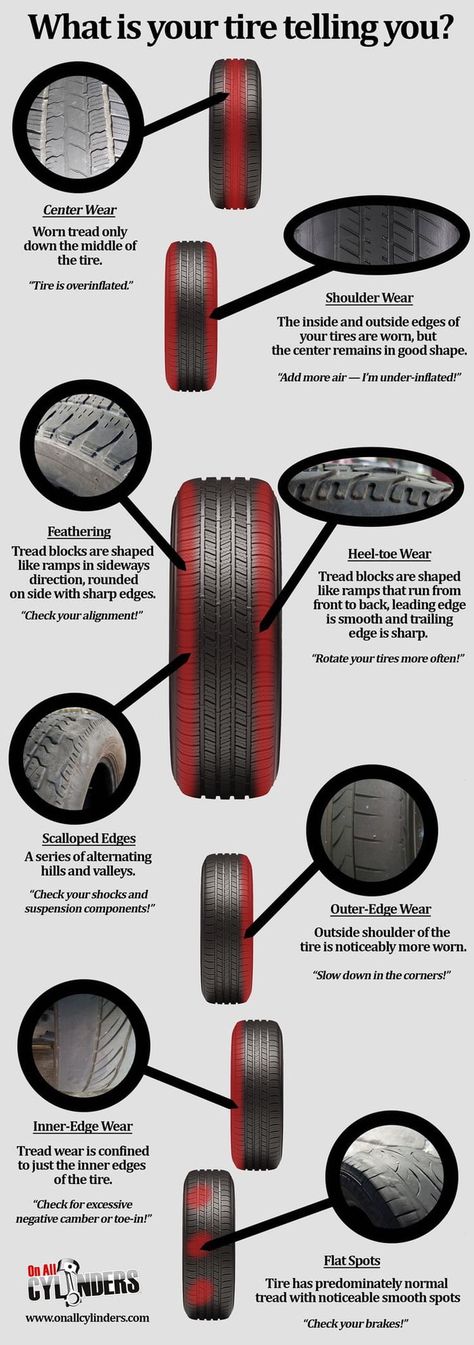 The reason is the flying spikes and increased loads on the wheel, which are formed due to adhering ice.
The reason is the flying spikes and increased loads on the wheel, which are formed due to adhering ice.
It is also recommended to balance after a puncture or cut has been repaired, after a serious blow.
The quality of work is influenced, first of all, by the equipment. Both the level of the stand and its wear are important here.
The best results are given by computer-controlled stands.
Such equipment makes it possible to balance discs using a system of spaced weights, even for wheels with a large imbalance.
Stands can be calibrated to different accuracy: 1, 5, 10 grams. Most often, 5-gram precision is used. This is quite enough to achieve good results for a wide range of car tires.
10 grams do not give such accuracy, but for lack of a better one, it is quite sufficient. Calibration of the machine by 1 gram is necessary for vehicles operated at high speeds.
However, no matter how modern the equipment is, over time, wear and tear of the elements occurs. Most often, wheel mounts are produced, which introduces errors into balancing. Stand bearings become unusable less often. If the bearing is damaged, there are beats in it. This situation leads to inadequate sensor readings and imbalance.
Most often, wheel mounts are produced, which introduces errors into balancing. Stand bearings become unusable less often. If the bearing is damaged, there are beats in it. This situation leads to inadequate sensor readings and imbalance.
6000 rub
8500 rub
9000 rub
An important point in the operation of the car is wheel balancing. Thanks to this operation, it is possible to eliminate the imbalance that occurs for a number of reasons. Novice motorists are mistaken in believing that it is enough to balance the wheels once during a tire change. Unfortunately, it is required to visit a tire fitting much more often, because the loads on the wheels during the operation of the machine can lead to their imbalance over time.
Unfortunately, it is required to visit a tire fitting much more often, because the loads on the wheels during the operation of the machine can lead to their imbalance over time.
Article content :
Despite the constant improvement in the quality of car tires, it has not yet been possible to achieve the perfect balance of rubber during manufacture. Yes, and the disks contribute to the imbalance of the entire wheel structure.
Specialists distinguish between static and dynamic types of wheel imbalance. They are successfully eliminated by hanging special balancing weights on the disk. Some car owners require that the weight be glued to the inner surface of the rim so as not to spoil the visual appeal of the wheels. However, in some cases, to eliminate the imbalance, one has to make sacrifices and stuff weights on the edge of the disk.
There are a few important things a tire fitter should consider when balancing.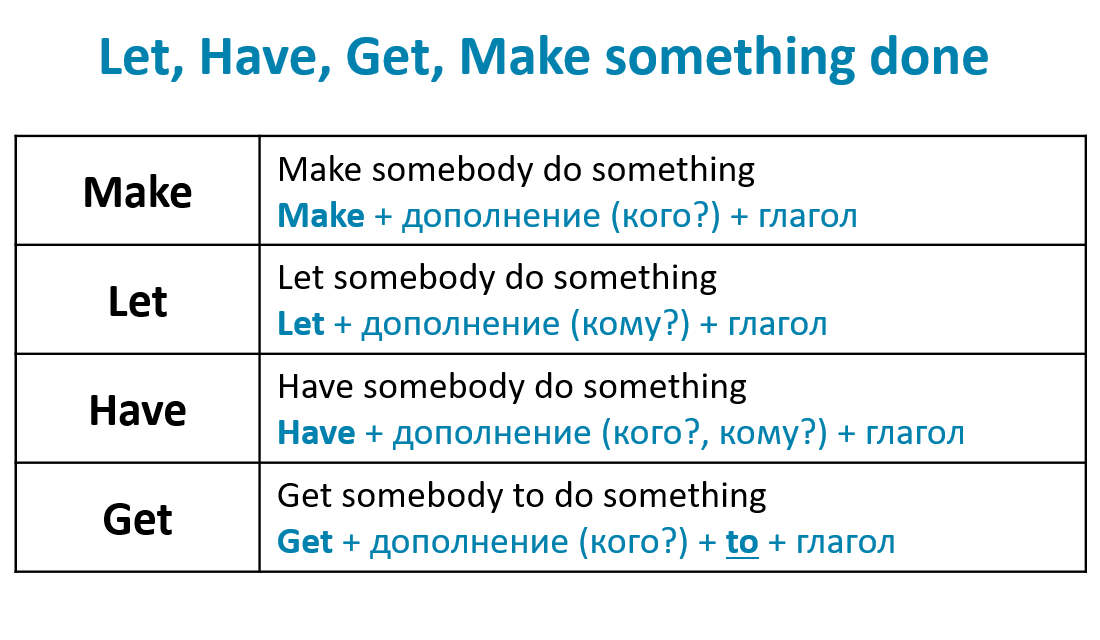 This will reduce the risk that the motorist will have to visit the car service unscheduled due to compensating weights lost during the operation of the car. The sequence of balancing work should be as follows:
This will reduce the risk that the motorist will have to visit the car service unscheduled due to compensating weights lost during the operation of the car. The sequence of balancing work should be as follows:
Beginning car enthusiasts should be aware that putting decorative caps and other accessories on a balanced wheel can cause imbalance.
The number of visits to a tire shop for wheel balancing directly depends on the frequency and accuracy of using the car in everyday life.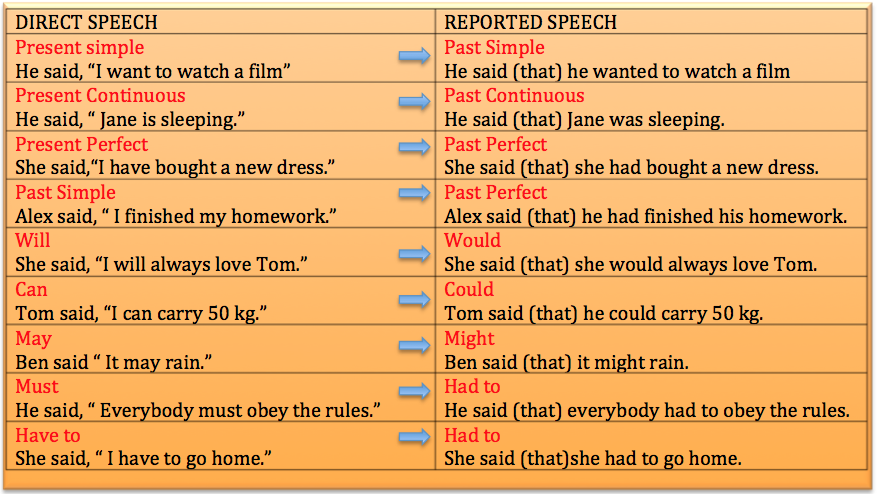 The starting point is considered to be a mark of 10-15 thousand km. mileage if the car is moving on good roads. Most automakers recommend sticking to these numbers. However, ideal road surfaces are not yet found everywhere. Here are some useful tips on the topic to listen to:
The starting point is considered to be a mark of 10-15 thousand km. mileage if the car is moving on good roads. Most automakers recommend sticking to these numbers. However, ideal road surfaces are not yet found everywhere. Here are some useful tips on the topic to listen to:
